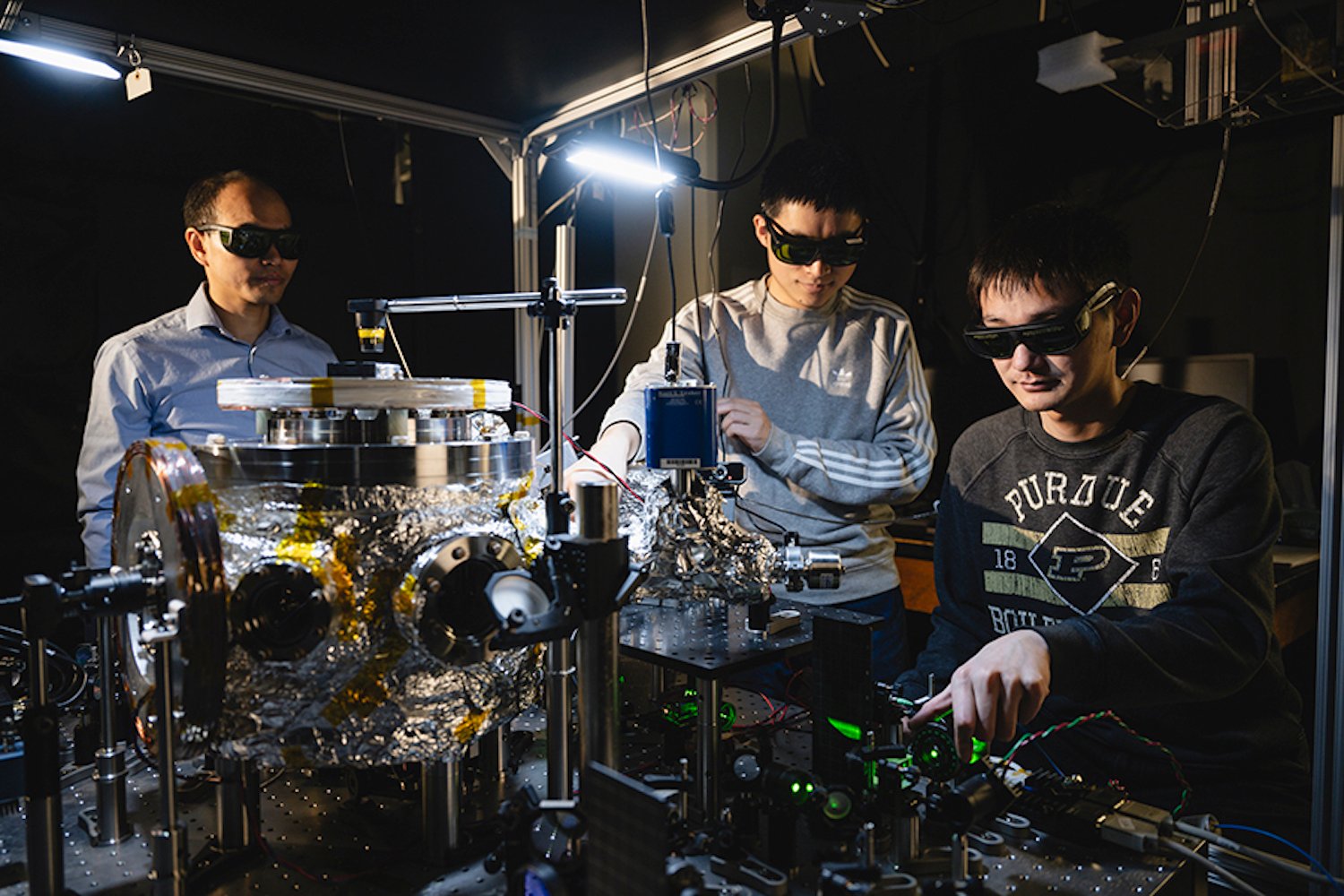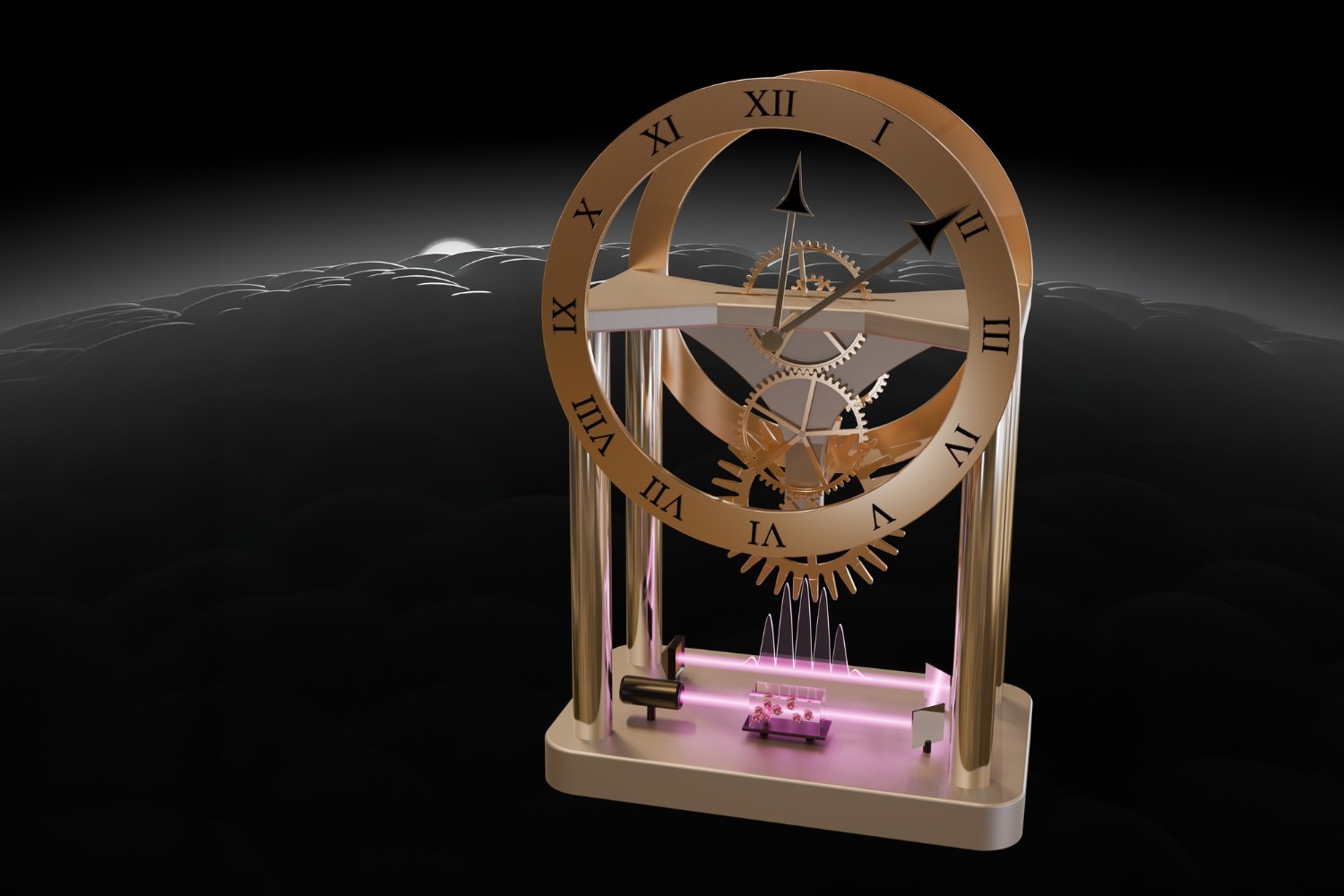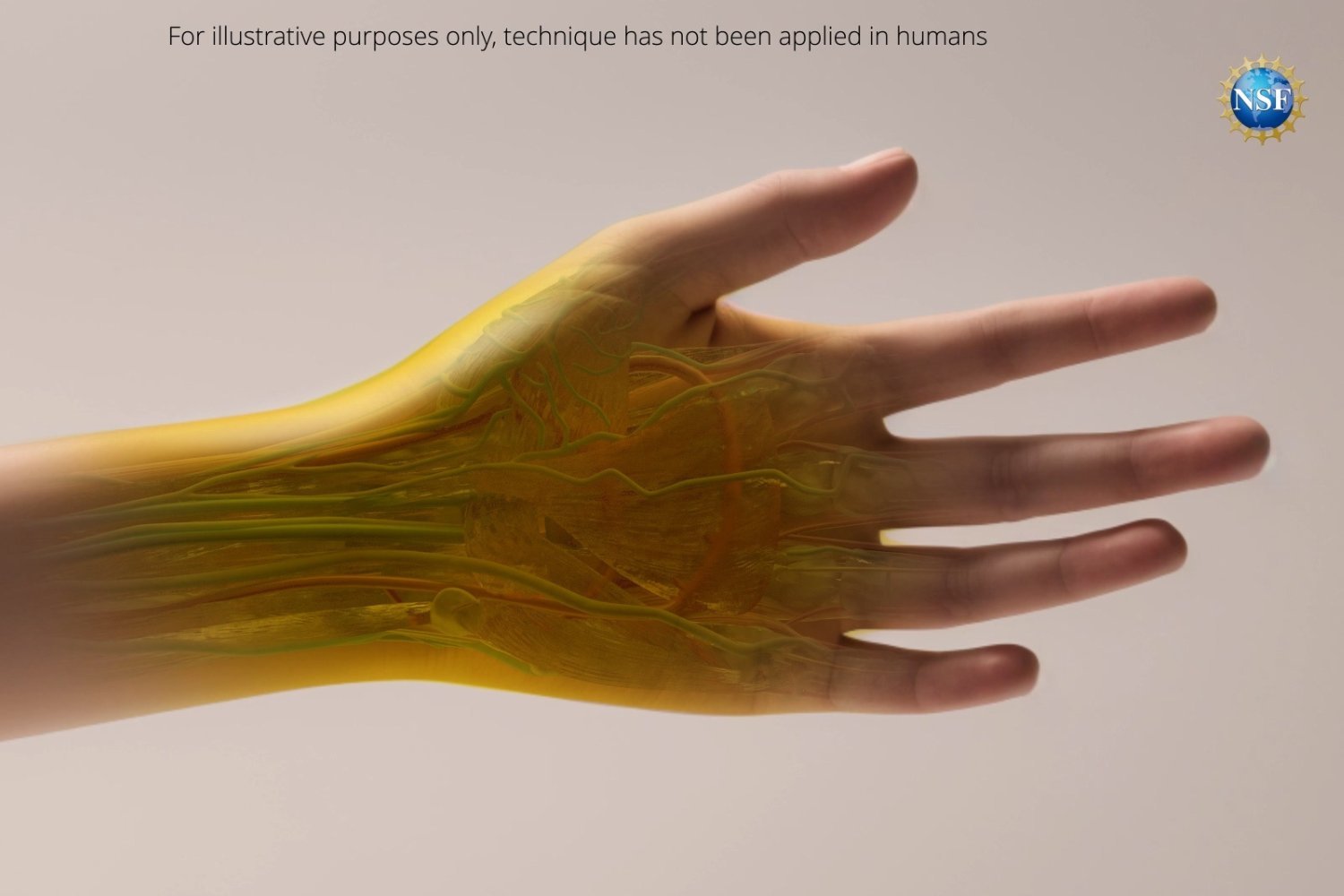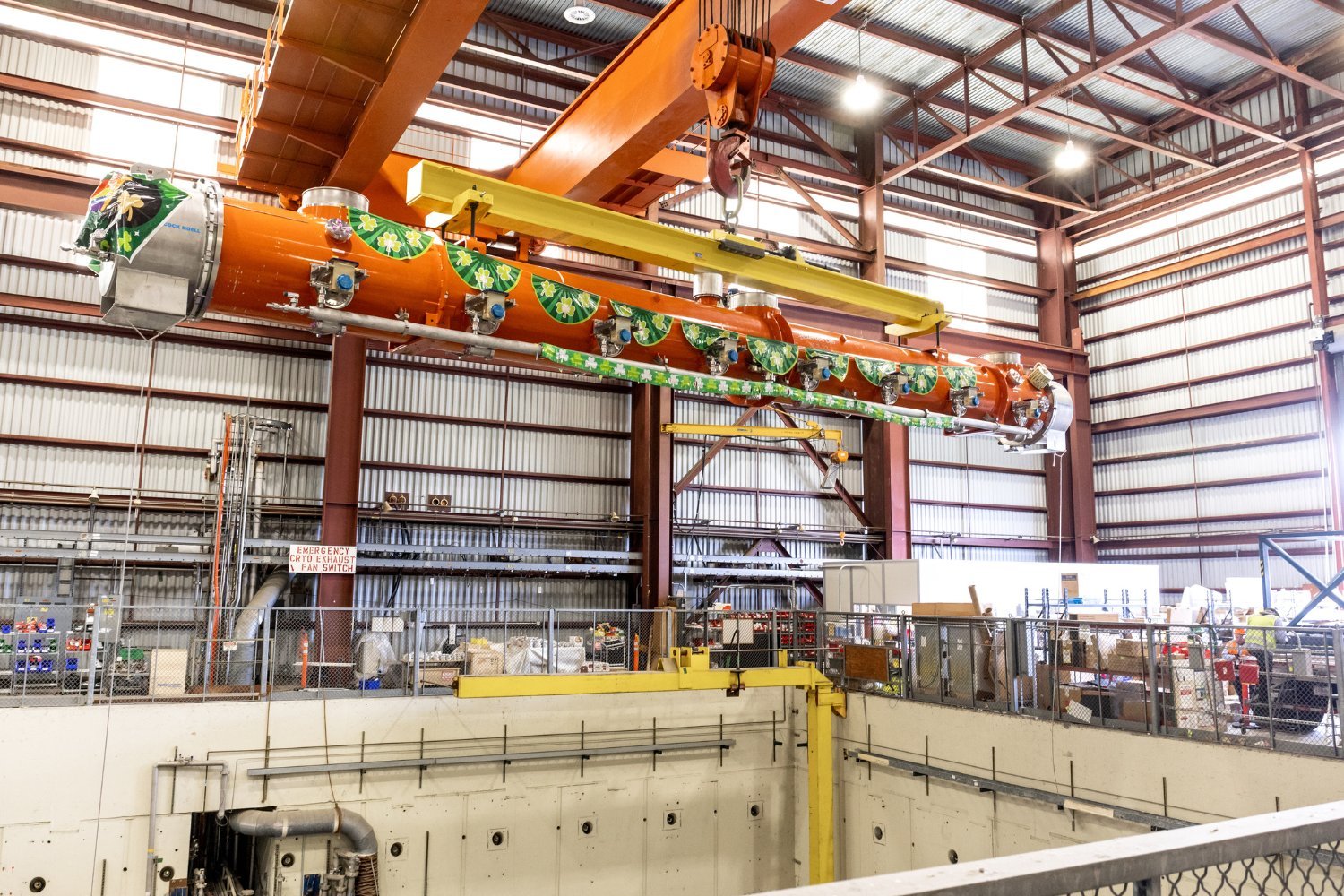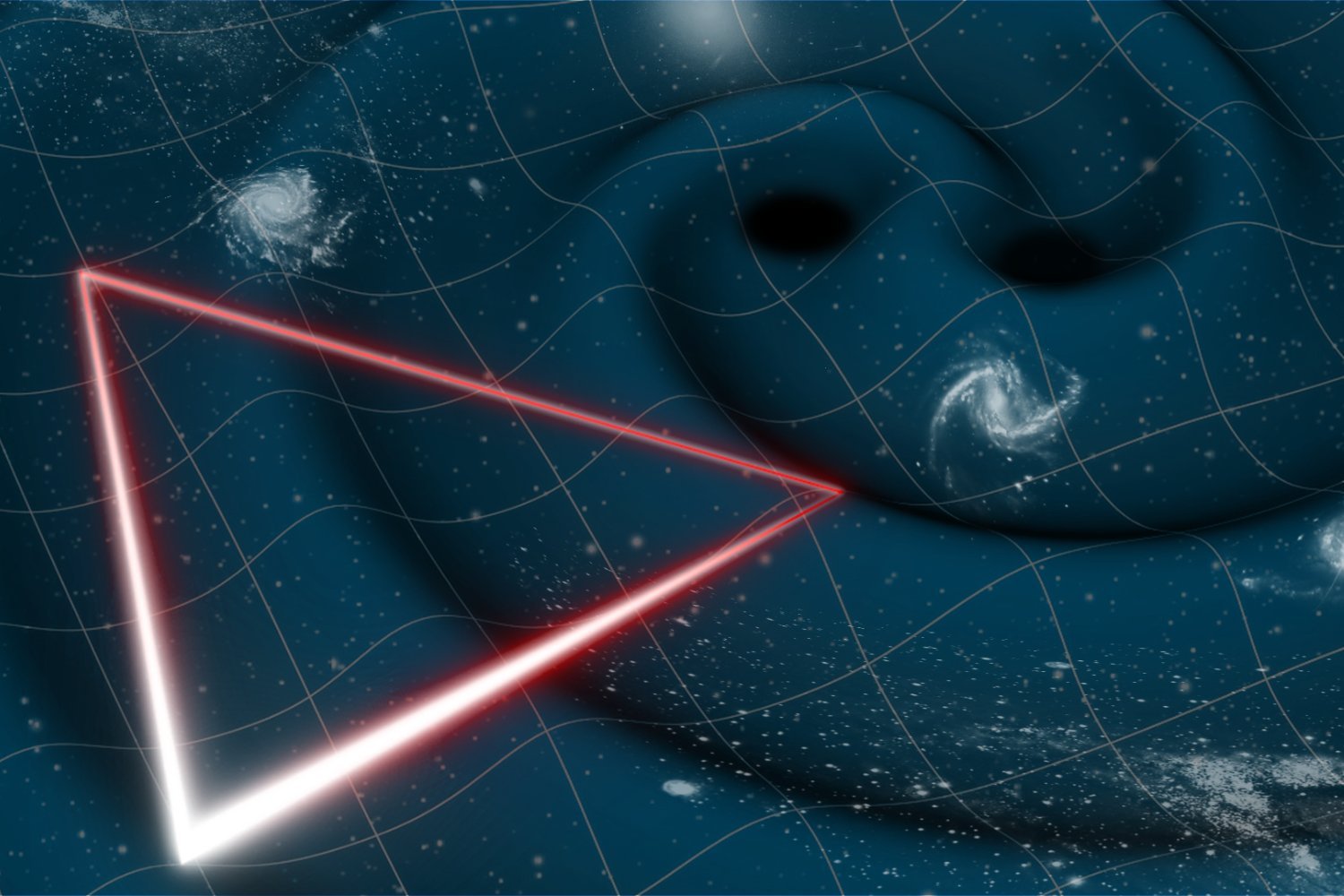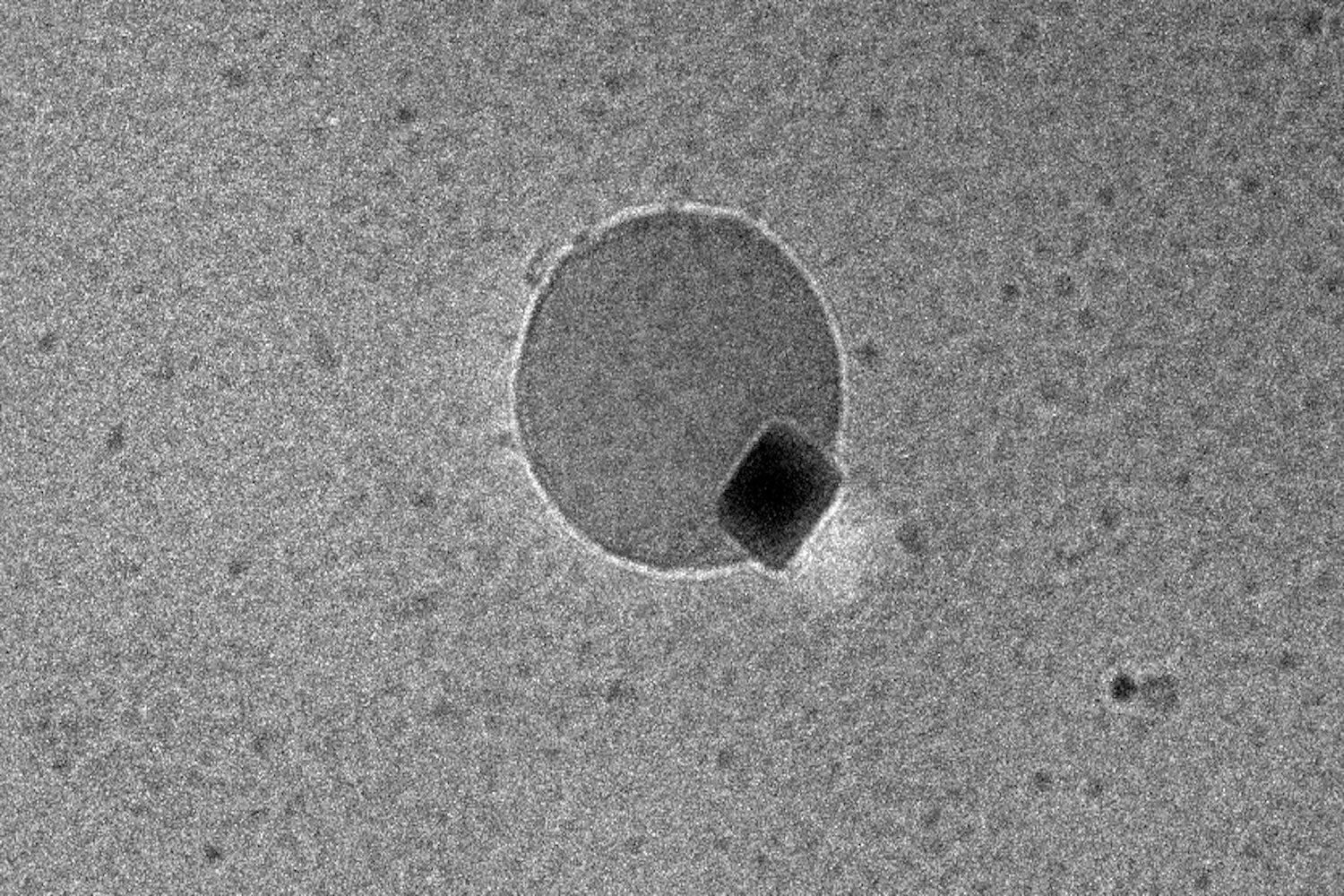Researchers at Purdue University have achieved a groundbreaking feat in nanotechnology: levitating microscopic diamonds and spinning them at over a billion rotations per minute. These nano-sized diamonds, comparable in diameter to 350 strands of human DNA, act as miniature disco balls, reflecting light as they spin in a high vacuum environment. This achievement opens up exciting possibilities for exploring the intersection of quantum mechanics and gravity, as well as developing ultra-precise sensors.
Previous attempts to levitate nanodiamonds have encountered challenges in maintaining their stability and accurately measuring their spin qubits. The Purdue team overcame these hurdles by utilizing a specialized ion trap within a high-vacuum chamber. This innovation allowed them to successfully levitate a nanodiamond and observe its spin qubit behavior in unprecedented detail. According to Tongcang Li, a professor of physics and astronomy at Purdue, “For the first time, we could observe and control the behavior of the spin qubits inside the levitated diamond in high vacuum.”
Qubits, the quantum equivalent of classical computer bits, are fundamental for quantum information processing. The researchers used semiconducting material within the nanodiamonds to trap individual electron charges and their associated spin, forming the qubits. To study the interplay between the diamond’s rotation and its spin qubits, they achieved a remarkable spin rate of 1.2 billion rotations per minute.
This extraordinary rotation was accomplished through a meticulously crafted setup. A sapphire wafer, coated with a 300-nanometer-thick layer of gold using photolithography (a technique commonly used in computer chip manufacturing), served as the base. The nanodiamonds, averaging 750 nanometers in diameter, were created by subjecting carbon to intense pressure and high temperatures, mimicking the natural diamond formation process but at an accelerated pace. These nanodiamonds contained specific structures designed to host the electron spin qubits.
To measure the diamond’s spin, the researchers employed a green laser. Upon striking the diamond, the laser induced the emission of red light. By analyzing this emitted red light, they could determine the electrons’ spin states. A separate laser was used to track the nanodiamond’s rotation. As the nanodiamond spun, it scattered the infrared light from this laser, resembling a miniature disco ball.
This novel technique, detailed in a paper published in Nature Communications, offers a unique platform for investigating complex quantum phenomena. Beyond its implications for fundamental physics research, the researchers envision practical applications for this technology, including the development of highly sensitive accelerometers and electric field sensors. These advancements could revolutionize various fields, from navigation and aerospace to medical diagnostics and environmental monitoring. While this research didn’t involve tiny glow sticks, it certainly illuminates the path towards a deeper understanding of the quantum world and its potential applications.



